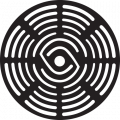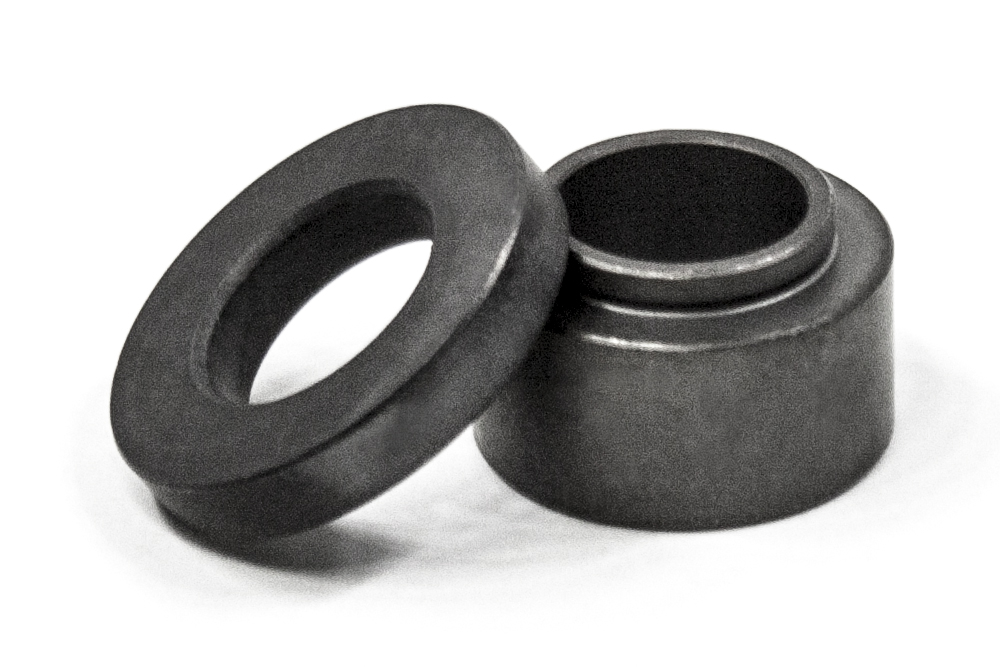A guide ring in reciprocating compressors plays a vital role in maintaining piston alignment and reducing lateral movement. By minimizing friction and wear between moving parts, guide rings help ensure efficient operation and prolong the life of the compressor. Timely inspection and replacement prevent costly damage and maintain optimal performance.
Guide rings are critical components in reciprocating compressors, but they often face harsh conditions that can lead to wear and eventual failure. Ignoring guide ring wear can cause costly damage and reduce compressor efficiency.
This article explores the top signs of guide ring wear and when it’s essential to replace them to maintain optimal compressor performance.
Introduction
Recognizing guide ring wear early is vital to avoid severe mechanical issues in reciprocating compressors. Worn guide rings can lead to misalignment and excessive vibration, negatively impacting the entire system.
Here is a detailed overview of the signs to watch for and guidelines on timely replacement to keep compressors running smoothly.
Role of Guide Rings in Reciprocating Compressors
Guide rings play a pivotal role in the operation of reciprocating compressors by maintaining the alignment of the piston and piston rod during the compression cycle. They reduce lateral movement and prevent direct metal-to-metal contact between moving parts, which minimizes wear on critical components.
By guiding the piston accurately within the cylinder, guide rings help maintain the efficiency and reliability of the compressor. Without properly functioning guide rings, increased friction and misalignment can cause damage to seals, pistons, and cylinders, leading to costly repairs and downtime.
The material and design of guide rings are tailored to withstand high pressures and temperatures common in reciprocating compressors, making them indispensable for long-term operational stability.
Common Indicators of Guide Ring Wear
Detecting guide ring wear early can prevent significant compressor damage. Some common indicators include unusual vibrations during compressor operation, increased noise levels, and a noticeable drop in efficiency.
Additionally, visual signs such as scoring, scratches, or deformation on the guide ring surface suggest wear. Excessive clearance between the guide ring and piston rod may also be felt during maintenance inspections. If the guide ring loses its shape or shows signs of cracking, it must be replaced immediately.
Ignoring these symptoms can lead to further mechanical issues, including piston misalignment and damage to adjacent components.
Effects of Guide Ring Wear on Compressor Efficiency
Worn guide rings can significantly impact the performance and efficiency of reciprocating compressors. As guide rings deteriorate, increased lateral movement of the piston occurs, leading to poor sealing and pressure losses. This inefficiency forces the compressor to work harder, consuming more energy and reducing overall system performance.
Excessive wear also increases friction and heat generation, accelerating the degradation of other components such as seals and pistons. Over time, this results in more frequent maintenance requirements and shortened equipment lifespan.
Maintaining guide rings in good condition helps ensure smooth operation, consistent pressure output, and optimal energy consumption.
Inspection Methods for Detecting Guide Ring Wear
Regular inspection of guide rings is essential to monitor their condition and prevent failures. Visual inspections using borescopes or endoscopes allow technicians to check for surface damage without disassembling the compressor fully.
During scheduled maintenance, technicians manually check for excessive clearance or play between the guide ring and piston rod. Non-destructive testing techniques such as ultrasonic or magnetic particle inspection can detect cracks or internal defects.
It’s also common to use vibration analysis to identify signs of misalignment caused by worn guide rings. Consistent monitoring through these methods enables timely intervention and replacement, protecting compressor integrity.
Measuring Guide Ring Clearance and Tolerances
Accurately measuring guide ring clearance is crucial for assessing wear and determining replacement needs. Clearance measurements are typically taken between the guide ring’s inner diameter and the piston rod’s outer diameter.
Specialized gauges and micrometers are used to obtain precise readings during maintenance. Each compressor manufacturer provides specific tolerance limits for guide ring clearance, which should never be exceeded. Exceeding these limits indicates that the guide ring has worn beyond acceptable parameters and must be replaced. Regular measurement of these clearances ensures that guide rings function correctly, maintaining piston alignment and preventing excessive vibration or wear.
Causes of Premature Guide Ring Wear in Reciprocating Compressors
Several factors can accelerate guide ring wear in reciprocating compressors. Poor lubrication is a primary cause, as insufficient lubrication increases friction and heat, rapidly wearing down the guide ring surface.
Contamination from dirt, debris, or abrasive particles can also cause scoring and damage. Misalignment of the piston or rod due to improper assembly or worn components places uneven stress on guide rings, hastening wear. Operating the compressor beyond its recommended pressure or temperature limits stresses the guide rings further.
Additionally, selecting substandard materials or incorrect guide ring designs for specific applications can result in premature failure. Understanding these causes helps implement proper maintenance and material selection to extend guide ring life.
Recommended Replacement Intervals for Guide Rings
Replacement intervals for guide rings vary based on compressor type, operating conditions, and maintenance practices. Manufacturers generally provide guidelines for routine inspections and replacement schedules, often based on operating hours or cycles.
For reciprocating compressors in heavy-duty applications, guide rings might need replacement every few thousand operating hours to avoid unexpected failures. It is crucial to follow manufacturer recommendations and adjust intervals based on actual wear observed during inspections. Preventative replacement before severe wear occurs helps maintain efficiency and avoids costly downtime.
Keeping detailed maintenance records also aids in predicting replacement needs and optimizing compressor reliability.
Consequences of Delayed Guide Ring Replacement
Delaying the replacement of worn guide rings can lead to severe operational and financial consequences. Continued use of compromised guide rings causes increased piston misalignment, leading to accelerated wear on pistons, cylinders, and seals. This results in poor compressor performance, higher energy consumption, and frequent breakdowns.
In extreme cases, guide ring failure can cause catastrophic damage to the compressor, requiring extensive repairs or full component replacement. Production losses due to downtime further increase costs. Timely guide ring replacement prevents these issues, ensuring safe and efficient compressor operation.
Need Compressor Valve Parts?
Looking for high-quality compressor valve parts to keep your equipment running smoothly? KB Delta specializes in precision-engineered compressor valve peripherals, including durable guide rings designed for optimal performance and longevity.
Contact KB Delta today to find the perfect parts tailored to your reciprocating compressor needs and experience reduced downtime and improved efficiency.They carry parts such as metallic valve parts, thermoplastic valve parts, complete valve assemblies, and compression springs.
Conclusion
Guide ring wear significantly affects the performance and reliability of reciprocating compressors. Recognizing the top signs of wear and adhering to recommended replacement schedules helps prevent costly damage and maintain system efficiency. Investing in quality guide rings and timely maintenance is essential for long-term compressor health.

